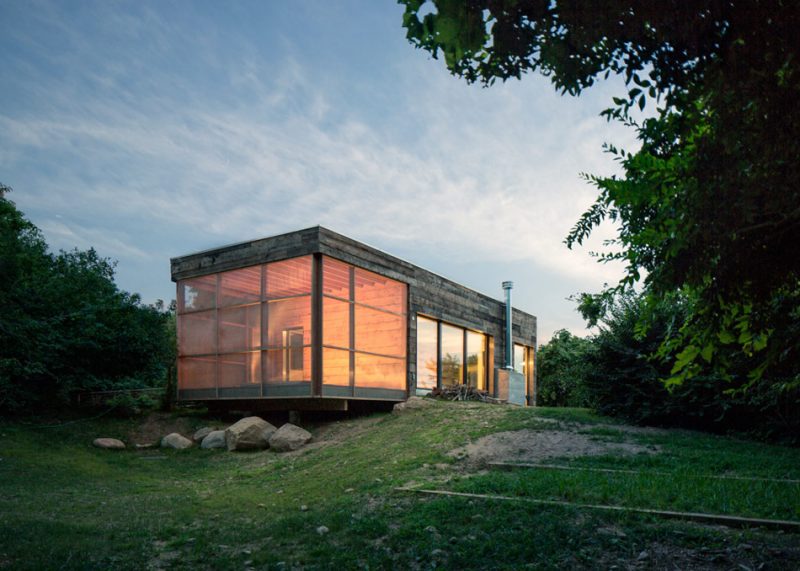
Passive Homes & Fireplaces
Passive homes are growing in popularity and spreading across globe. Developed in Europe to provide an affordable and practicable means of regulating temperature, passive homes also aim to reduce the environmental impact of heating. A slow-combustion wood heater works well in a passive house. It can help reduce the home’s environmental footprint as recent studies have shown that firewood is one of the most sustainable heat sources.
What is a passive home?
A passive home aims to reduce the need for ‘active’ or artificial means of heating and cooling. Instead, the passive home uses natural sources of heating and cooling like the wind and sun as much as possible. These passive design principles help minimise the home’s carbon footprint. While there may still be the need for additional sources of heating or cooling, their use and their associated costs are reduced.
Which fireplace suits a passive home?
One of the keys to regulating the air temperature inside a house is maintaining good insulation. This means that the airflow in and out of the building is very limited. A fire, of course, requires oxygen. But in a tightly insulated home, a fire could quickly reduce the oxygen levels, compromising the safety of the inhabitants. In a passive home, therefore, the oxygen to feed the fire must be drawn from outside. The correct style of fireplace in this situation is a room-air independent, slow-combustion fireplace.
Room-air independent fireplaces draw the oxygen needed to feed the fire from outside, ensuring the passive home remains safe as well as warm.
Does Skantherm offer room-air independent fireplaces?
Our range in Australia includes two room-air independent fireplaces: Emotion and Elements. Both models have the option to draw air from outside, making them ideal for use in a passive home.
